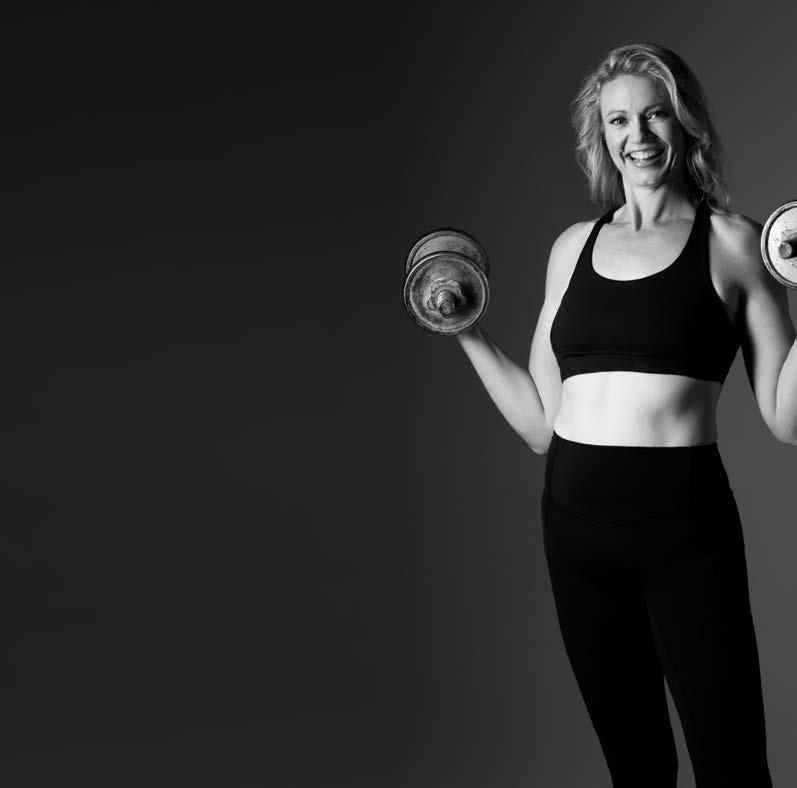NUTRITION
LEAD IMAGE CHRIS RYAN/ISTOCKPHOTO.COM/
Counting calories vs macros When it comes to tracking your nutrient intake, there are some real downsides to calorie counting. WRITTEN BY DR MEGAN RIGBY, NUTRITION CONSULTANT, THEMACROMINI.COM
Most of us are all too familiar with the concept of calories. From early on, we’ve been programmed to determine our food choices with this value in mind; whether it’s on a nutrition label or restaurant menu, we immediately cast judgement on items based on their caloric price tag. The problem is, this very vague and outdated practice does not paint the whole picture of what we are, or should be, consuming. Sure, restricting calories can lead to overall weight loss, but it does not necessarily differentiate between fat or muscle. When adding up the calories in a snack or meal, there is no indication of the actual quality of the foods being consumed, only the
48
STRONGFITNESSMAG.COM.AU
amount. Meaning that calories from nutrient-dense whole foods have no distinction from other foods of equal caloric value – a slice of cheesecake may contain the same number of calories as a salad with chicken. Calorie counting also provides zero insight to the amount of protein, carbohydrates and fats (a.k.a. macronutrients) being consumed in a meal or over the course of the day. All foods are made up of a combination of these categories and each has a specific caloric value, which is the way total calories are calculated (we’ll get to those specifics later). Proteins, fats and carbs all play different roles in the function of the body, so their manipulation can help your individual health, body
composition and performance goals. Following a nutrition plan that tracks macronutrients allows for more precise tracking of calories and a better understanding of personalised nutrition. You also aren’t limited or required to eat a certain way in order to utilise macros. A macro-based diet could be low-carb higher-fat, vegetarian, vegan, keto, paleo, glutenfree, and the list goes on. This method offers flexibility, balance and variety in your day-to-day life. The ability to easily exchange foods helps when going out to eat, attending events, or even dealing with the unexpected. Because let’s face it, boring and restrictive diets lead to unhealthy relationships with food and keep you from achieving true success. December/January 2020


















